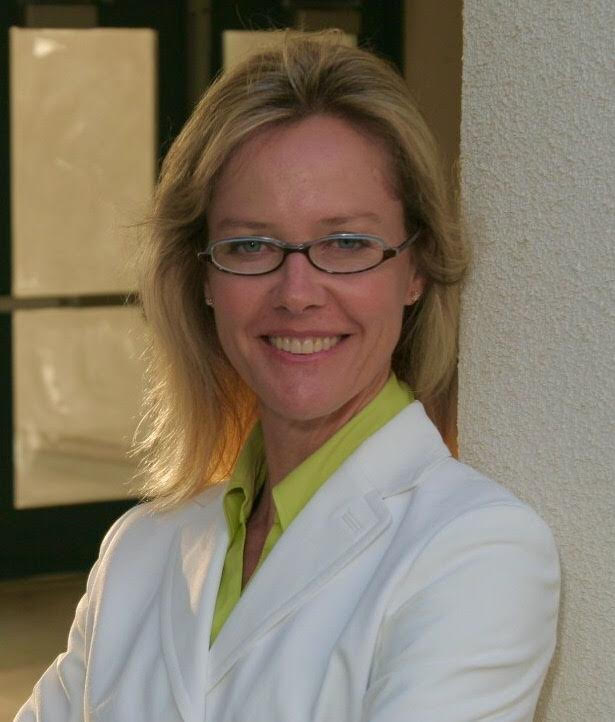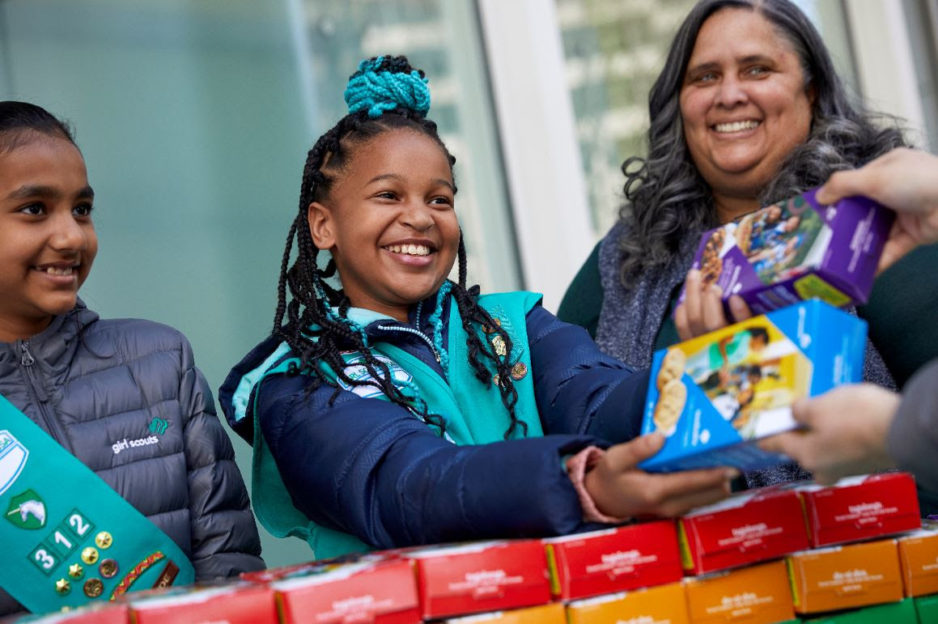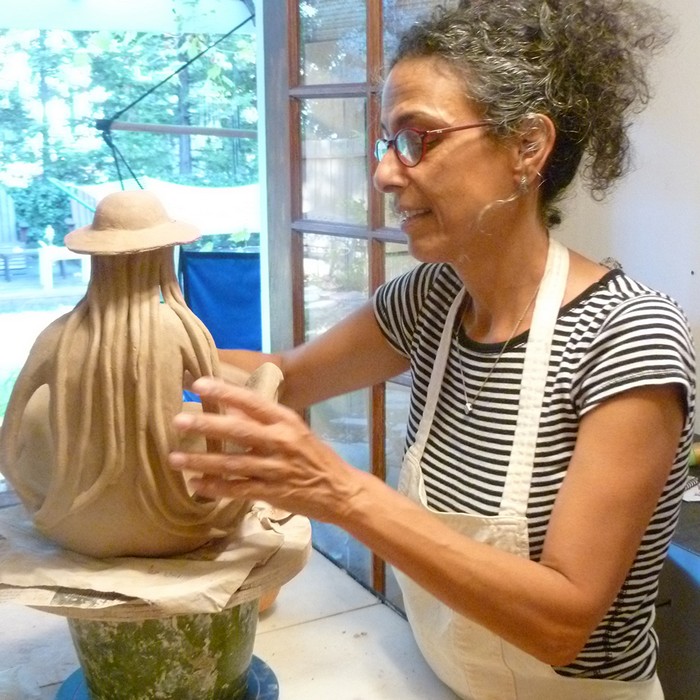Mary Haffner is on the Ventura Behavioral Health Board.
by Carol Leish
The mission statement of the Ventura County Behavior Health Department is: ‘To provide the highest quality prevention, intervention, treatment, and support to persons with mental health issues.’
Mary Haffner, a Ventura resident, who has been on the Ventura Behavioral Health Board since April, 2015, stresses the importance/need for more inpatient beds here in Ventura County. She said, “Right now, as one of the only large California counties with no effective plan to divert seriously mentally ill people away from jails, no assessment and attendant plan for the appropriate number of acute and subacute beds and supportive housing needed, we are implementing in the dark through a system uninformed by data and assessment. What we have is piecemeal and disjointed resulting in fiscally irresponsibility and poor health outcomes.”
In 2005, Ventura County began receiving millions of dollars from Prop. 63 earmarked for people with serious mental illness. According to Haffner, “This money was received for the purpose of implementing programs and erecting facilities to help ensure that so these illnesses would not become more serious and disabling, to help alleviate the cycle of homelessness, incarceration, and hospitalization. For a population of 843,000, one 36 bed public inpatient psychiatric unit, one 16 bed locked Mental Health Rehabilitation Center (MHRC), one 15 bed unlocked MHRC, one 30-day, a 16 bed Crisis Residential treatment center and 45 slots of adult residential treatment housing for people with serious mental illness is woefully deficient and does not represent a long-term, health outcome-based, and fiscally responsible strategy.”
According to Haffner, “People with serious mental illness are often arrested for committing crimes and infractions they would not have committed if they had received treatment for their illness. There is no place for them to go once released either from jail or mental health court. We don’t provide enough or adequate housing. Homelessness and/or reincarceration or re-hospitalization are inevitable without these supports.”
“Effective crisis service, psychiatric beds, inpatient step-downs, best practice treatment, housing and post discharge supports from acute care facilities and jails are all lacking,” according to Haffner. “Ventura County has no effective diversion programs or initiatives aimed as keeping people with serious mental illness out of jail. Ventura County has only 36 public inpatient psychiatric beds and 4 Crisis Support Unit chairs for a population of 845,000. Santa Barbara County, a county with 400,000 fewer residents, just opened 80 beds, which brings their total to 96. Vista del Mar has 55 beds. But Vista del Mar is a private facility who can choose who they admit. A determination regarding, ‘budget neutrality,’ that’s important to the CEO of Ventura County, must include an analysis of the costs of failing to provide these in demand services.”
Providing prompt and effective treatment for people living with these serious illnesses is important. Haffner said, ‘Budgets cannot by accurate if we do not also factor in the costs associated with not providing the appropriate level of care. For the population that lives with serious mental illness, our failure to provide treatment and facilities is costly. We need to be able to take an honest look at what is needed, generate a plan, and then work to fill these gaps. Other counties are doing this.”
But it is not enough just to have the beds and the facilities. Haffner said, “We need a continuum of care for this population, which would include: a promise to provide best practice treatment; appropriate staffing; effective outreach and engagement; post-discharge supports; and, appropriate housing in our communities, not out of the county. And, we need to do so in the most effective and efficient way possible.”















